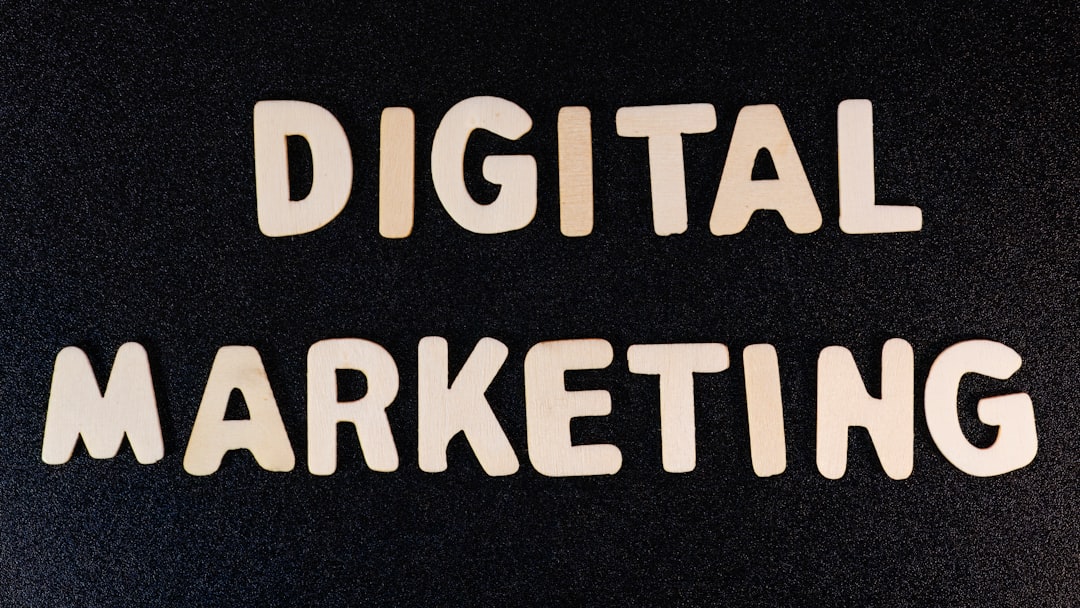
In the fast-paced world of digital marketing, staying active across multiple platforms is no longer optional—it’s essential. However, creating original content for each channel can be time-consuming and resource-draining. This is where content repurposing at scale becomes a game-changing strategy. By recycling your core content into various formats like shorts, reels, carousels, and newsletters, you not only save time but also expand your reach and extend the lifespan of your content.
What is Content Repurposing?
Content repurposing involves taking existing content—such as a blog post, podcast, webinar, or long-form video—and transforming it into different formats tailored for other platforms and audiences. It allows you to maximize value from your content investments by reaching different demographics who might prefer consuming content in other forms.
Why Scale Content Repurposing?
Scaling content repurposing means systematically and repeatedly using automation, templates, and workflows to produce high volumes of repurposed content efficiently. This strategy works exceptionally well for brands looking to:
- Maintain a consistent online presence on multiple platforms
- Boost audience engagement through various content formats
- Reduce creative fatigue by getting more mileage from existing work
- Improve ROI on content marketing efforts
Key Formats for Repurposed Content
1. Shorts and Reels
Short-form vertical video content like YouTube Shorts, Instagram Reels, and TikToks dominate user attention spans and go viral with much higher frequency than traditional long-form videos. These formats are designed for quick consumption and work well with dynamic audio and visual hooks.
Here’s how you can convert long-form videos or webinars into engaging shorts and reels:
- Identify hooks: Extract 15 to 30-second compelling soundbites
- Repurpose live clips: Highlight punchy, actionable tips or surprising facts
- Add captions and branding: Maximize accessibility and brand recall
Using AI-powered video editing tools can significantly streamline this workflow by transcribing and detecting high-engagement clips automatically.

2. Carousels for Instagram and LinkedIn
Carousel posts let you convey step-by-step tutorials, breakdowns, mini case studies, and engaging narratives in a swipe-friendly format. These are particularly effective on platforms like Instagram and LinkedIn, where users engage more deeply with interactive posts.
To repurpose existing content into carousels:
- Summarize blog articles: Turn each section into a slide with a bite-sized takeaway
- Visualize data: Use infographics and short stats to convey messages quickly
- Drive interaction: End with a strong CTA or discussion question
Design templates—customized in tools like Canva or Figma—make producing these at scale much faster. Team members can follow predefined layouts and brand guidelines while maintaining consistency.
3. Newsletters
Email newsletters remain one of the highest ROI channels for content marketers. Whether you’re nurturing leads or keeping subscribers informed, your newsletters can benefit from repurposed content.
To integrate repurposing into your email strategy:
- Summarize weekly blogs: Include teasers and CTAs linking to full articles
- Showcase highlights from videos: Embed thumbs or write a brief synopsis
- Embed carousel content: Inline images work great for email storytelling
Consistency is key here. Be it a weekly insights digest or a themed newsletter issue, repurposing helps ensure you always have relevant content to share without scrambling for ideas.

How to Scale Repurposing Through Workflows and Tools
Scaling is all about systemization. Begin by identifying your primary content sources: long-form videos, podcasts, blog posts, and live webinars. Then follow these steps to streamline repurposing:
- Content Audit: Map existing content assets and categorize them by themes or target personas.
- Workflow Design: Set up a standardized flow (e.g., blog to carousel to newsletter snippet).
- Template Creation: Use design and copywriting templates to ensure brand consistency.
- Tool Integration: Automate repetitive tasks with tools like Notion, Airtable, Descript, Zapier, and Canva.
- Outsource Smartly: Delegate parts of the process like video clipping or graphic design when your internal bandwidth is tight.
AI can also assist in summarizing text, auto-generating captions, or suggesting hooks and titles—further unlocking scalability.
Case Study: From One Webinar to Ten Content Pieces
Let’s say you hosted a 45-minute live webinar. Here’s how you can extract a wide variety of content:
- Long-form blog post: Transcribe and turn into a 1200-word article
- Three shorts or reels: Clip 15-30 sec keypoints or testimonials
- Carousel: Create a 5-slide deck highlighting main takeaways
- Email snippet: Share one golden nugget with a call to action
- Quote graphics: Turn expert quotes into visual content for Twitter or Instagram
With a clear structure in place, what once seemed like a big effort to create dozens of new pieces becomes a manageable, repeatable process driven by one high-value asset.
Best Practices for Effective Repurposing
To ensure your repurposing efforts actually fuel results, follow these best practices:
- Match format with audience: For Gen Z, prioritize reels; for B2B decision-makers, focus more on LinkedIn carousels and newsletters.
- Stay on-brand: Use consistent tone, visuals, and calls to action across content types.
- Track performance: Use platform analytics to spot which repurposed formats are performing best.
- Be timely but evergreen: Keep content relevant to current trends while designing it to be usable for months down the line.

The Future of Content Repurposing
As AI tools continue to evolve and audiences demand more personalized, platform-native content, large-scale repurposing will only become more critical. Brands that master this approach will be able to do more with less—delivering high-value, targeted content consistently without exhausting internal teams.
Think of each content piece as a seed. Through strategic repurposing, that seed can sprout into a whole garden blooming across all your key platforms. By scaling this with systems and creativity, your content marketing can flourish—organically and efficiently.
So, if your brand isn’t yet tapping into the power of repurposed content through reels, carousels, or newsletters—it’s time to start planting.





